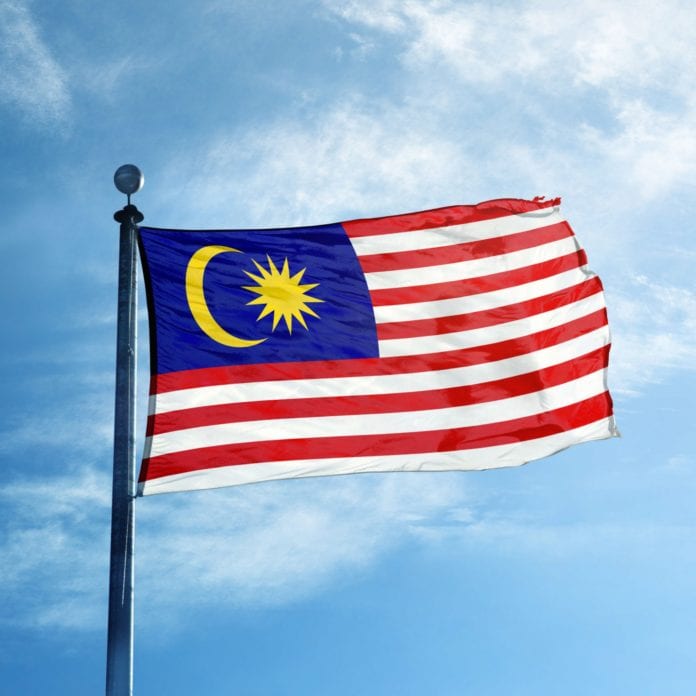Ericsson said the RedCap tests on the DNB network have been carried out on the time division duplex (TDD) 3500 and frequency division duplex (FDD) 700 layers
Swedish vendor Ericsson said it has successfully carried out tests on Malaysia’s 5G network deployed by Digital Nasional Berhad (DNB) for what it claimed to be the first implementation and validation in Southeast Asia of Ericsson’s pre-commercial Reduced Capability (RedCap) software.
The vendor said tht the tests were carried out in collaboration with MediaTek, using its 5G RedCap test platform in Malaysia.
RedCap is a new radio access network (RAN) software solution that enhances existing 5G use cases and enables new ones for devices such as smartwatches, other wearables and industrial sensors by lowering complexity and extending battery life. Some of the main benefits of RedCap include reduced device chipset cost, lower complexity and less power consumption while delivering higher data rates comparable to LTE Cat-1 to LTE Cat-4. It can also support advanced Standalone 5G NR functionalities such as enhanced positioning and network slicing, Ericsson said.
Ericsson also said its RedCap software will offer new possibilities for communication service providers, allowing for the introduction of services beyond enhanced mobile broadband (eMBB) on 5G standalone architecture. For industrial applications, RedCap can improve operational efficiencies with optimized cost structures accelerating the industry 4.0 transformation with 5G private networks, the vendor added.
David Hägerbro, head of Ericsson Malaysia, Sri Lanka and Bangladesh, said: “RedCap will broaden connectivity options for diverse use cases and enhance usage across consumer, industrial and enterprise devices that don’t require the full range of 5G’s capabilities. It will enhance 5G connectivity for everything from consumer wearables to industrial sensors in a way that is both cost- and energy-efficient, unlocking a whole range of new use cases.”
Miles Sun, general manager of corporate sales for Asia and Africa at MediaTek, said: “This collaboration with Ericsson and DNB is an important step in bringing new 5G capabilities to Malaysia. 5G RedCap paves the way for cost-effective and power-efficient connectivity in IoT and wearable devices for businesses and consumers.”
“With Ericsson RedCap, we are preparing DNB’s 5G network to offer enhanced 5G connectivity for everything from consumer wearables to industrial sensors in a way that is both cost and energy-efficient. This will enable new use cases for consumers and enterprises fueling digitalization in Malaysia,” said Ken Tan, CTO at DNB.
The RedCap tests on the DNB network have been carried out on the time division duplex (TDD) 3.5 GHz and frequency division duplex (FDD) 700 MHz layers for both data calls and Voice over New Radio (VoNR), the vendor said.
DNB was set up by the Malaysian government in 2021 as a special purpose vehicle to develop the country’s 5G network infrastructure, which private telecommunications firms would use to offer 5G services to their customers.
In May, the government announced it will enable the deployment of a second 5G network in 2024, adding that a new entity will be created to manage Malaysia’s second 5G network.
Malaysia’s Communications and Digital Minister Fahmi Fadzil previously said that DNB will continue to roll out 5G network infrastructure in the country until 80% coverage is achieved by the end of this year. The Malaysian government also confirmed that DNB will be taken over by a private entity once it achieves its 5G population coverage target.

